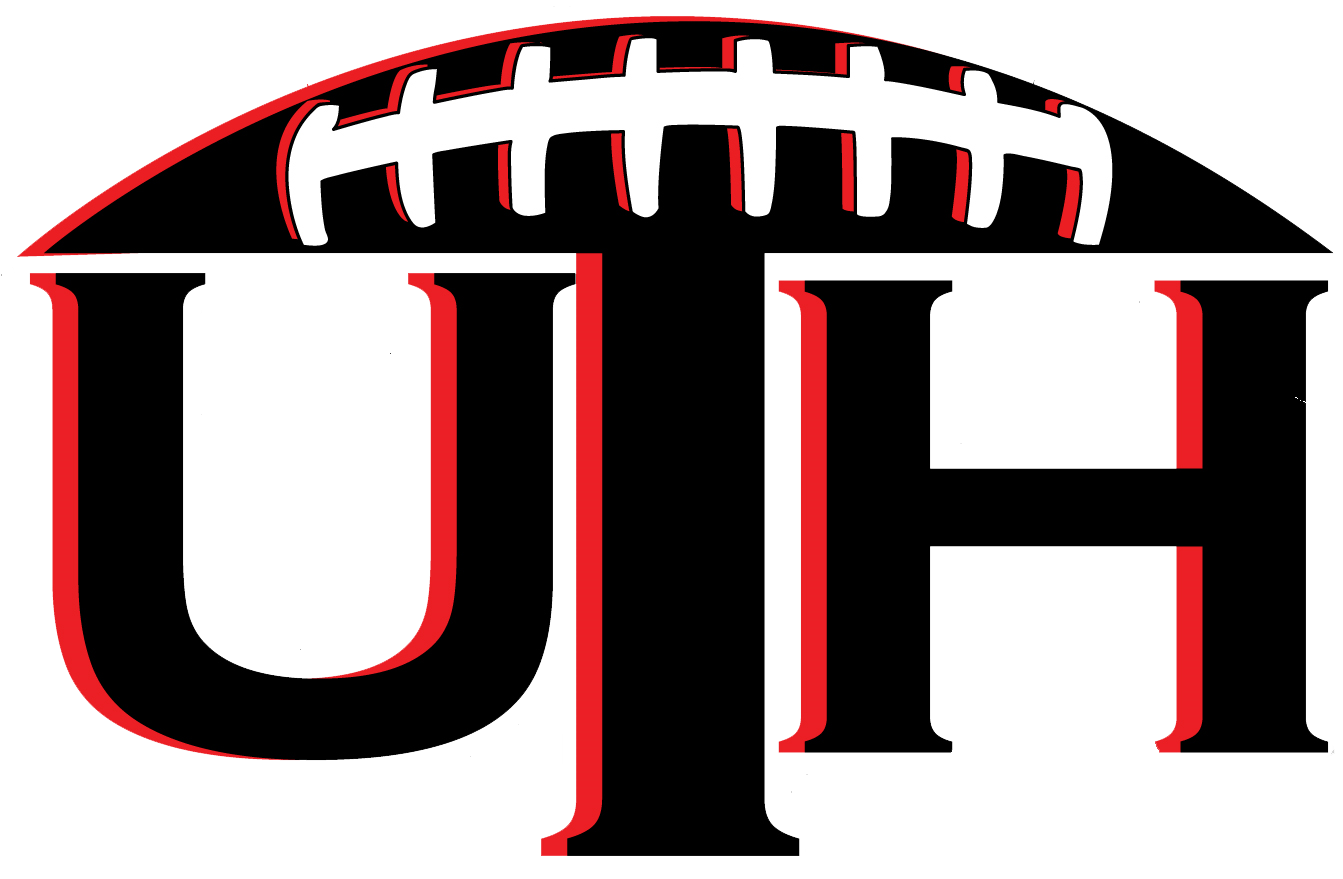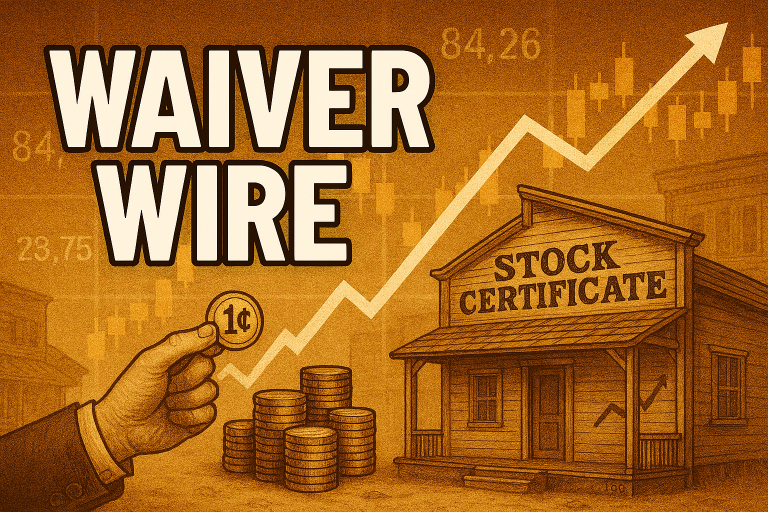Nathan Palmer is not one of the typical names discussed at the fantasy football water cooler at your workplace. Even if you reside in Illinois or Colorado. While the odds are low (historically well south of 10%) of a late-round or undrafted player emerging to the status of viable fantasy starter in their career, the chase of mining these hidden talents is intoxicating.
One thing I do periodically throughout an NFL season is take a long look at the depth charts, including the injured reserve and practice squad, for all 32 teams. Not only will there be a few names that conjure the ‘oh yeah, he is still around’ response internally, but also the ‘who?!?’ reaction as the player was not in my projection model and I could not tell you one thing about them. Nathan Palmer was one of those names this time around.
Nathan Palmer: Who?
Palmer went to Northern Illinois and mired on the depth chart until his final two season. He topped out with a market share in the low-to-mid 20s (below the NFL prospect average for his age 21, 22 seasons) as he split the lead role with Martel Moore, another NFL hopeful wide receiver on the team.
After going undrafted, Palmer bounced around with NFL teams for the first 18 months of this career. The 49ers, Colts, and Dolphins were some of those teams. Late in the 2013 season the Broncos signed Nathan Palmer to the practice squad, where he has stuck since.
Nathan Palmer: Why?
So we have a middling producer in college that has bounced from team to team and now is buried behind a host of talented receivers in Denver. Why should dynasty owners care at all about Nathan Palmer? When digging this deep, we are looking for positive traits that are indicators for future success. One is Palmer’s 16.9 career yards-per-catch in college. That is in the top-20% of all receiver prospects since 1999. Secondly, his athleticism is well-above average with a score of 77 in the projection model.
While 5’11”, I have discussed before that thickness is more important than raw height. Palmer has an above-average BMI for his height and ran a blistering 4.34 40-time prior to the draft. Yes, Palmer matched Tavon Austin and Cordarrelle Patterson, among other notables in the combine staple drill. So Palmer can fly, which is a requirement if we want to care about a sub-195 pound wide receiver. Nathan Palmer was also above-average in the vertical, broad jump, and three-cone times. In short, Palmer is a well-rounded athlete, not merely a long speed specialist.
Here are the closest athletic peers to Nathan Palmer in the projection model:
Comparable Prospects
- Brandin Cooks
- Chris Owusu
- Aldrick Robinson
- Andre Roberts
- Percy Harvin
- Santonio Holmes
- Willie Reid
- Mark Clayton
- Lee Evans
- Kevin Johnson
A ton of top-100 draft picks populate this list, which is the first indicator that an off-the-radar prospect is worth monitoring. Secondly, there are few overt ‘misses’ here as Willie Reid is the only ‘who?’ name on the list. The rest have seen ample time on NFL depth charts and, at one time, were at least on the dynasty radar.
While Nathan Palmer is not a player to run and snatch up in all depthes of dynasty leagues, he is well-worth stashing into the offseason in leagues of 25+ depending on other options, and especially when 30+ offensive players are rostered per team. This is likely to be the last time you here about Nathan Palmer. The historical odds are rough for undrafted players in general, but Palmer has stuck in the league for three seasons now and has the physical tools to emerge. Know that the odds are in the 5% range that Palmer amounts to anything over the next 12-18 months, but this is the type of upside play for deep leagues. When cutting kickers and defenses and a stray dead-end player or two in prep for the offseason, put Palmer on the short list of athletic talents to monitor.


